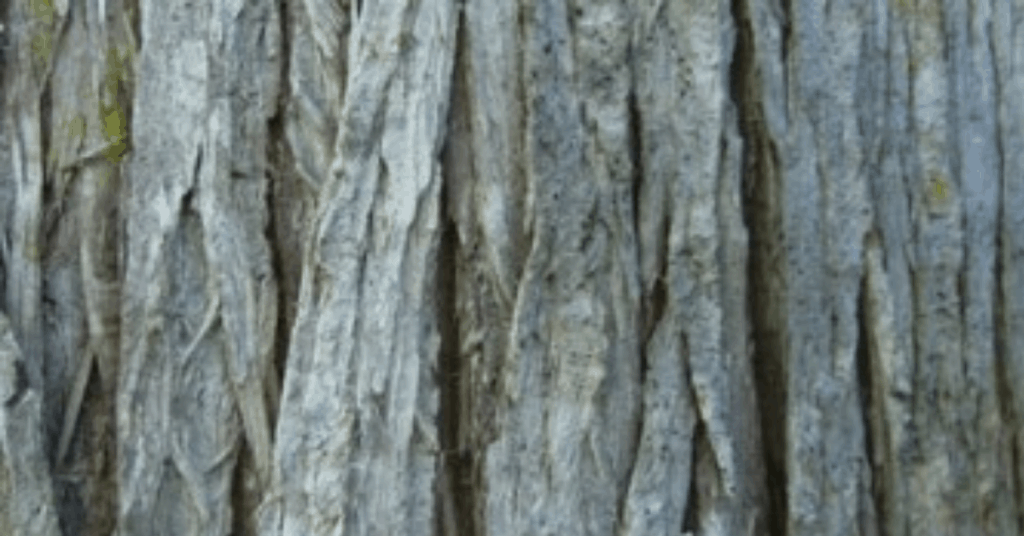Last Updated on April 21, 2023 by Lisa Vargas
Learning how to build a fire without any matches can feel like one of the greatest accomplishments once you finally get the hang of it. Knowing the best tinder for starting a fire can really help in lighting the fire as quickly and efficiently as possible. Today we are going to look at some of the different types of tinder you can use, either natural or man-made, that will get your fire going so that it grows into a roaring blaze.
Let’s jump right in!
Man made Material That Can Be Used For Tinder
One piece of equipment you need in your bug out bag is pre-made tinder. I always recommend this as it can be small and compact and won’t take up a lot of room. You will find out below some of these convenient and super-important objects that just might save your life one day.
1. Char Cloth
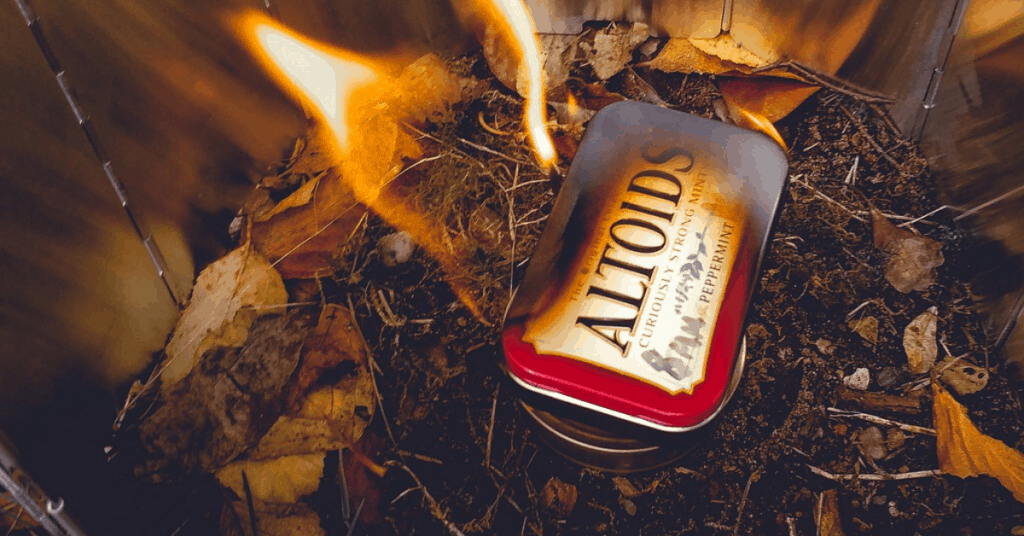
Char cloth is one of the best materials in my opinion for starting a fire when matches aren’t available. It is also essential for starting a fire using the flint and steel method. This unique type of tinder has been used for hundreds of years to start fire because it catches so easily when you put a spark to it. The above photo is showing you how you can make char cloth.
Essentially char cloth is made from 100% natural plant fibers such as cotton, jute, or linen, then “cooked” or charred so that it can act as a slow-burning fuel with very low ignition temperature. You can learn how to make char cloth pretty easily, and it makes for fantastic tinder to help light fires if you don’t have any matches on hand.
2. Cotton Balls

A very clever man-made tinder is to put petroleum jelly, such as Vaseline, all over a cotton ball. You can coat several cotton balls then stuff them into a plastic medicine bottle such as an Advil container, or any other small pill holder. The idea is to stuff as many petroleum-coated cotton balls in the container as possible. Then, you can throw that in your bug out bag, along with your fire starter, and you’ll be all set.
3. Tampons
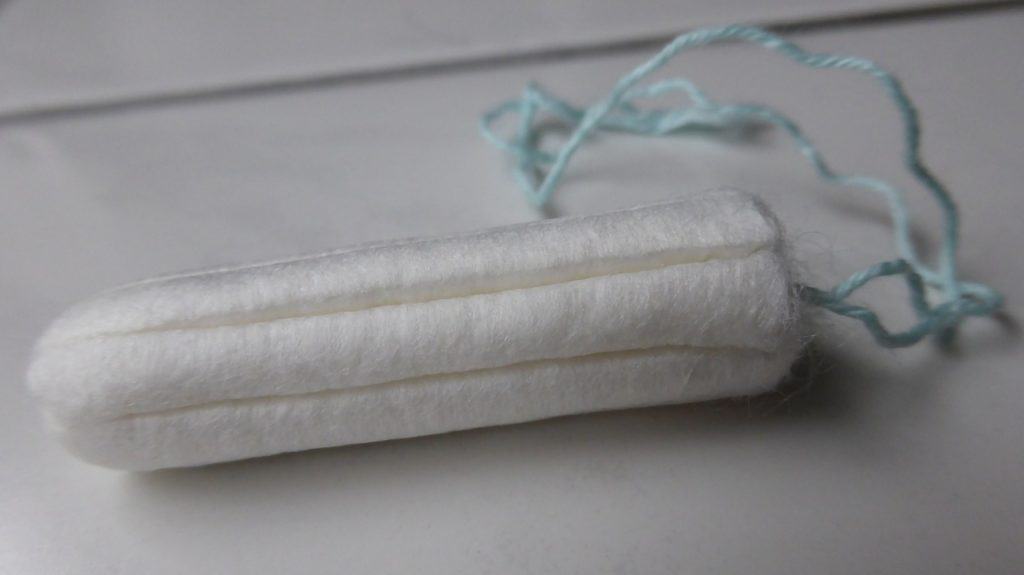
Along the same lines of cotton, comes the tampon. A very compact source of cotton that comes individually packaged so that it keeps moisture out. You can also stuff these in some type of air-tight container to keep them extra protected from moisture.
Because it is cotton, you can pull the tampon apart so that it you get more oxygen in the cotton and it expands the surface area. Take the cotton and use it with other materials such as cedar bark, and dry leaves to create a bundle of tinder for your fire.
4. Wood Shavings
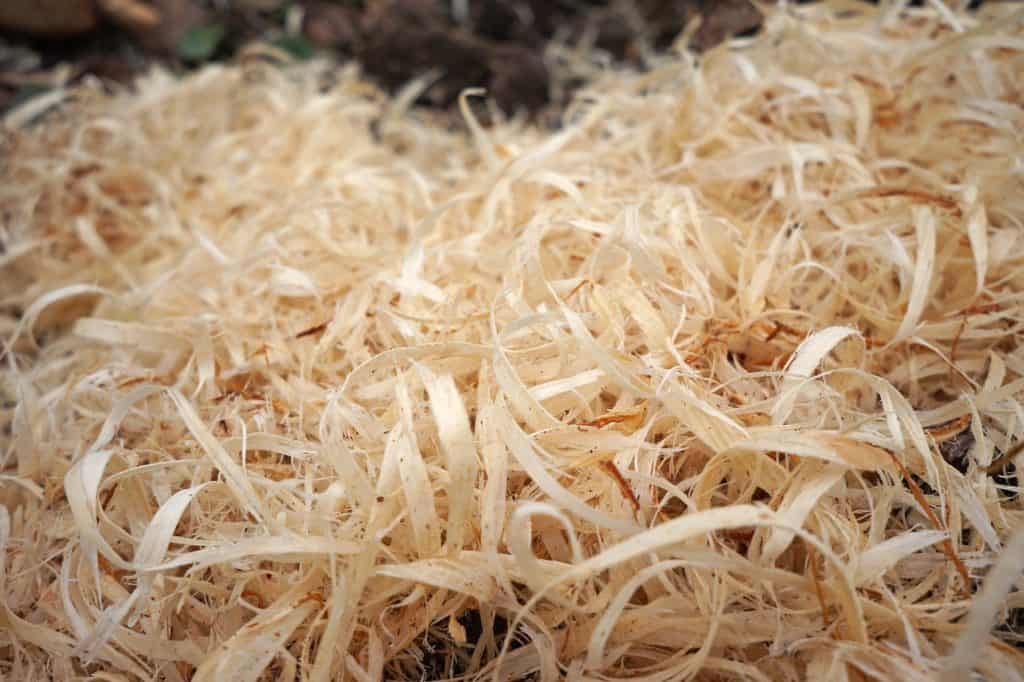
This is very simple to make. You can just take any tree branch and take a knife and start slicing away at the bark. Depending on where you live, you will have varying types of tree bark available to you. Some will be better than others to use as tinder.
If you have the time, you should make these shavings ahead of time and put them in a container that you can have in your bug out vehicle or at a bug out location so that you will always feel confident knowing you have the proper material for starting a fire.
5. Steel Wool
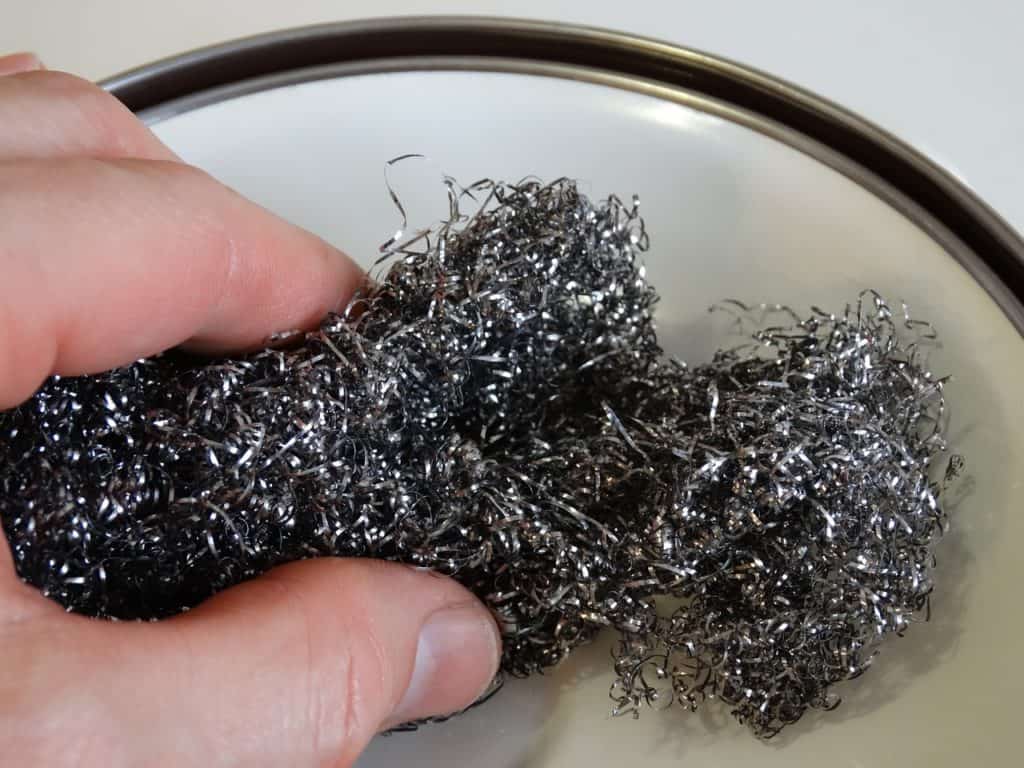
Steel wool is a great, easy igniting substance that makes for adding to your tinder bundle. Tjhe finer the steel wool the better. You can buy it easily at any Home Depot or Lowe’s. Look for the fine grade of #0000. Steel wool can be used with a 9V battery to start a fire easily and quickly, but by itself, steel wool is great for intertwining with other materials such as cedar bark or jute to create a “bird’s nest” like tinder bundle.
6. Lint From Dryer
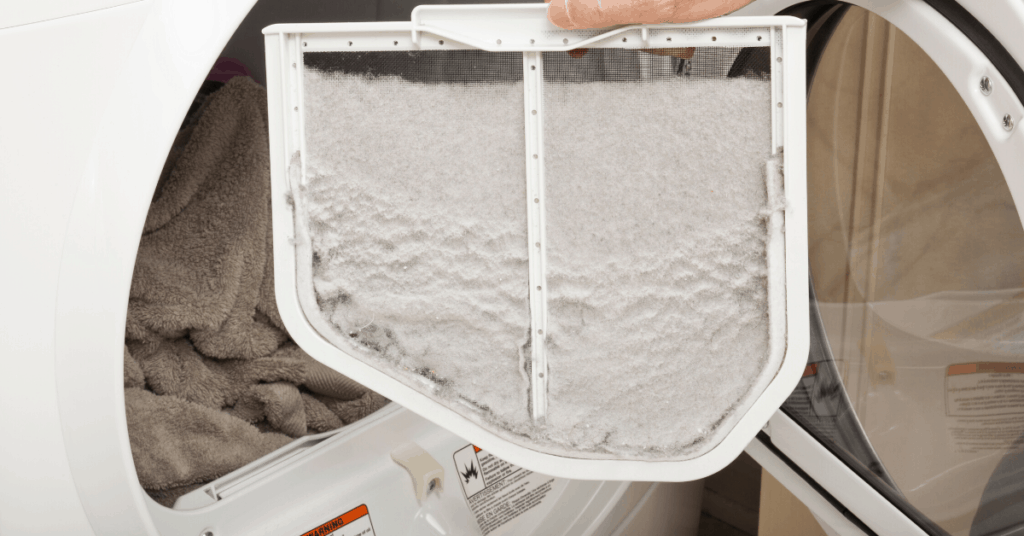
Dryer lint is one of the easiest and abundant fire starting material available. Because of it’s consistency, it can used with petroleum jelly to make little balls then used as tinder. You can use Vaseline to make these little balls. It can get a bit messy, but it yields one of the best tinder for starting fires when you don’t have any matches.
7. Paper

I know this is an obvious one, but sometimes it’s so obvious that you might forget it’s there! I love using shredded paper as tinder. You can run paper through a shredder than pack it tightly in a smaller container and throw it in your bug out bag.
Natural Tinder
The above mentioned tinder bundles are nice to have if they are prepared ahead of time. But what happens if you get caught out in the woods with nothing but the clothes on your back? That’s where knowing what natural materials make good tinder come in handy.
8. Birch Bark
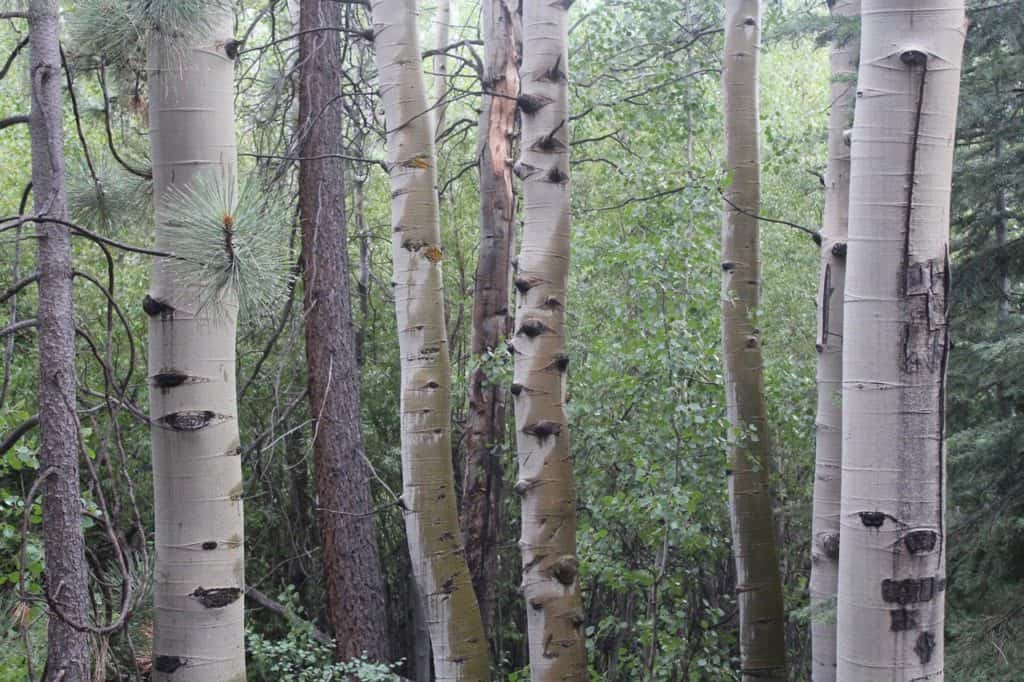
The best way to use birch bark is to make papery curls with your knife and use those to start a fire. The best type of birch bark is the one they refer to as “paper bark.” You can also use it for the friction fire starting method to create a fire board, for example, but willow and cedar wood work a little better for that.
These birch curly-cues will create a black, oily smoke and will burn hot. One note of caution is that birch bark probably isn’t the best tinder to use if you don’t have matches. You might be able to wrap something else around it like cedar bark, that is very fibrous, so that it will light easier. But birch bark works best if you have a lighter or some matches.
9. Fatwood
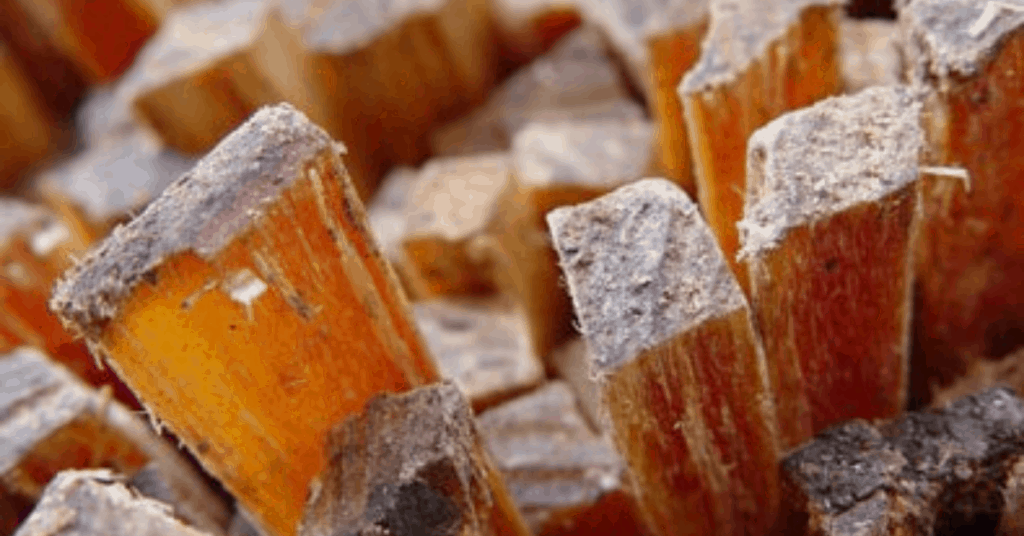
Fatwood is the king of tinder when it comes to starting fires in a wet environment. It is also known as “fat lighter”, “lighter wood”, “rich lighter”, and “pine knot.” It’s also wind-resistant and burns hot enough to light other pieces of larger wood.
Trees die all the time and this is where fatwood essentially comes from. As the stump dies, the pine resin will become concentrated in the center, or the heartwood, which then will harden and become extremely rot resistant. After this occurs, the center of that stump can be a fantastic way to get fatwood.
A small piece of fatwood can be used many times to create tinder by shaving small curls and using them to light other larger tinder. The pitch-soaked wood produces an oily, sooty smoke, and it is recommended that one should not cook on a fire until all the fatwood has completely burned out.
10. Western Red Cedar Bark
Western Red Cedar Bark is fantastic for using as a fire starter because it’s very fibrous and is very useful when the whether is wet outside compared to other variants. As soon as you open up the bark, you will see how fibrous it is as well as the flexibility it has. The fibers inside act like organic kindling and makes it extremely useful for just about starting any fire in any condition.
The best way to use cedar bark is to wrap it around other dried tinder such as leaves or pine needles. Don’t be concerned if the bark seems to smolder a bit more than usual at first. It will eventually light and once you get the fire going, this type of cedar bark can keep the fire going for quite some time.
11. Cattail Fluff
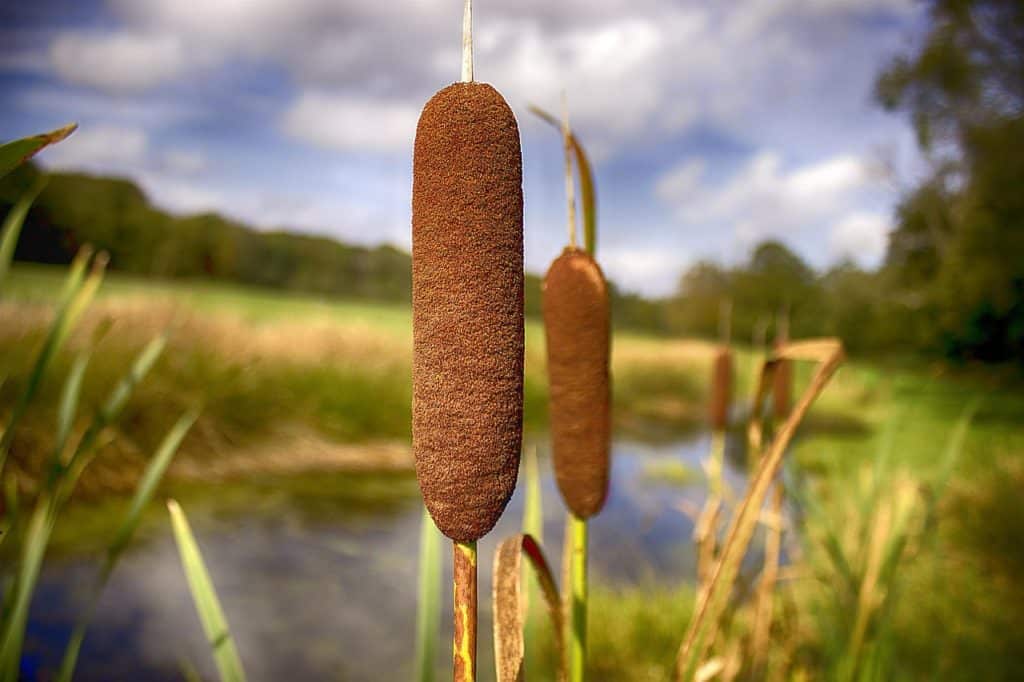
Cattail fluff is a fantastic resource to use for starting fires if you don’t have any matches. Once you tear it away from the seed head, you will have a light, fibrous, easy-to-catch on fire fire starter. Make sure to combine it with a few other types of tinder such as a cedar bark or cotton balls because the cattail fluff is very quick to light and very quick to burn.
Cattail fluff has been used for hundreds of years not only as tinder for fires, but for many other survival uses such as insect repellent, insulation, and lamp wicks. You can also use cattail fluff to make char cloth by stuffing it inside of an Altoids can and “roasting” it over the fire for a bit.
12. Tinder Fungus
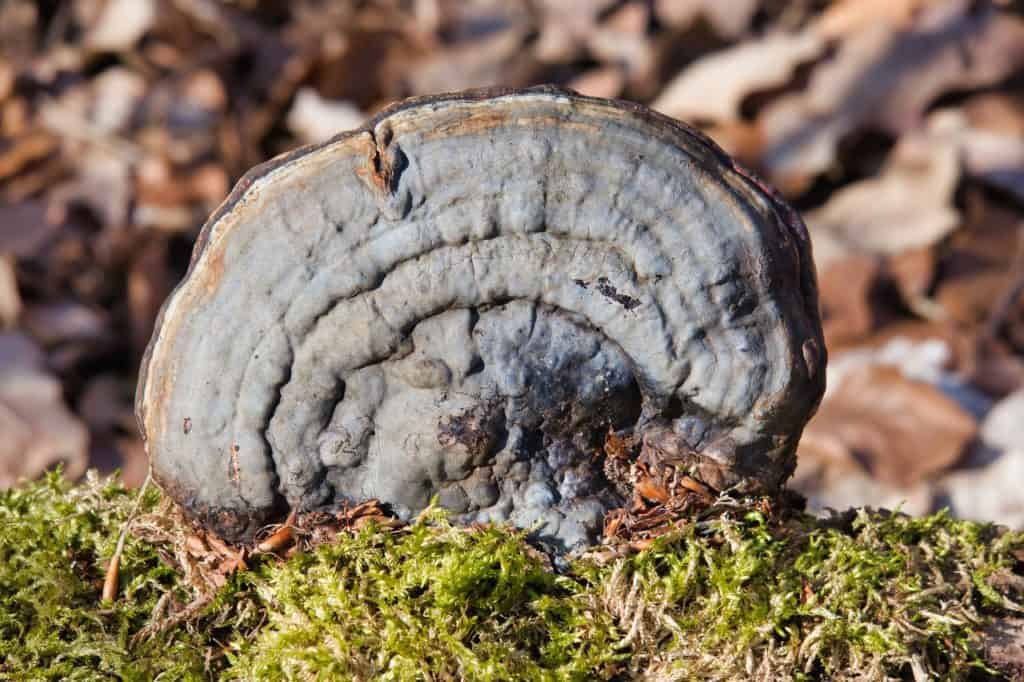
There are two types of tinder fungus that work the best for igniting into a flame from a spark. If you have birch trees or black locust trees near you, you have some of the most flammable fungus for starting fires. Often called Horse Hoof Fungus, this type of fungus is best used when you shave the dead, dry fruiting bodies into pieces or you grind it into dust to help with the friction fire spark. You can also cut the fungus into flatter chips and then you can use it with the flint and steel fire making method.
The second type of fungus is from the black locust tree. Known as the cracked cap polypore, it’s a shelf-fungus that can grow up to the size of a hat. It’s usually found on dead or dying black locust trees.
13. Old Man's Beard
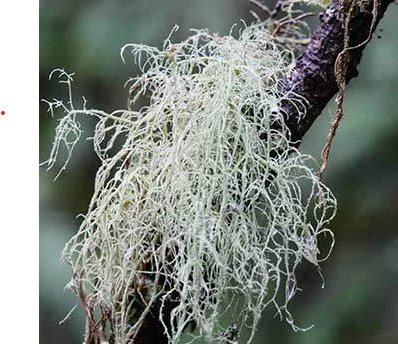
Old Man’s Beard, actually named Usnea, is actually a type of fungus that actually looks like a grey beard that you might find on an older man (hence the name that is given to it). It’s very stringy and fibrous and easy to ignite with a spark. It will burn fast so you will need to mix it with another type of material such as tree bark, cotton, or any other type of tinder discussed on this list.
Final Thoughts
I hope this post has given you some more ideas on what types of items you can use to start fires. All fires start with having the proper tinder available, whether that’s from your house or found out naturally in the woods, it will make or break your ability to start a fire, especially if you don’t have matches on hand.
If you have any other tinder ideas, let us know below!

